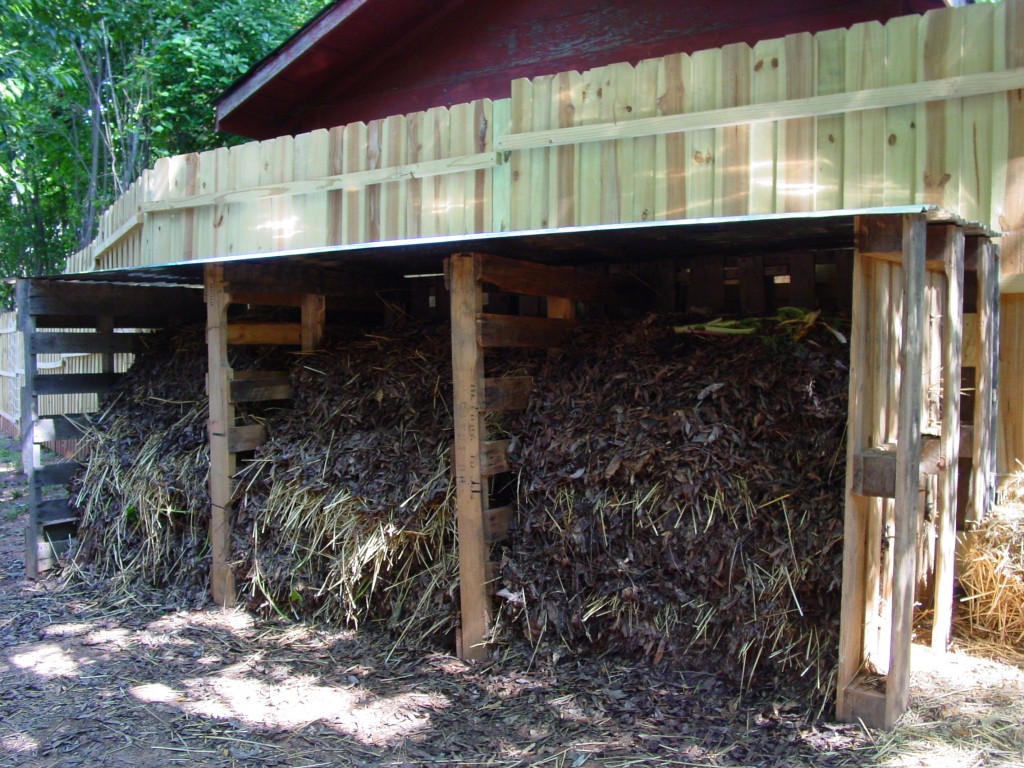So What Exactly is a Microfarm?
 Thursday, September 1, 2011 at 11:30AM
Thursday, September 1, 2011 at 11:30AM 
Simply put, a microfarm is a small amount of land - an acre or less to be exact- that is devoted to the production of food. The term often applies to tiny farms operating in dense urban settings, but can just as easily describe a small area used for food production in a suburban or rural setting . The idea is to utilize available space for raising food, and harvest the property’s natural resources, like rainwater and leaves, and recycle them back into the farm. For example, a series of sturdy raised beds installed in a tiny but sunny back yard near Uptown Charlotte, would provide a year round supply of seasonal produce for a family. Well placed fruit and nut trees on the property would complement the vegetables and herbs grown in the beds. Rainwater would be harvested with a series of rain barrels or a cistern, and recycled back into the garden to improve crop yields. A high capacity compost system would be built on site, to convert every bit of unused organic material like vegetable scraps, grass clippings, coffee grounds and leaves, into organic humus for the garden.
A cool, shaded area on the side of the house could be used to cultivate gourmet mushrooms, like shiitake and pearl oyster, in hardwood logs. Perhaps there’s even a corner of the yard where a small chicken coop could provide the family with a continuous supply of eggs. Whether your microfarm is on the balcony of an Uptown Hi-Rise, or on a half acre lot in Cotswold, the idea is still the same ; use available space to grow your own organic food, and harvest and recycle all of your property’s natural resources back into your farm.








Reader Comments